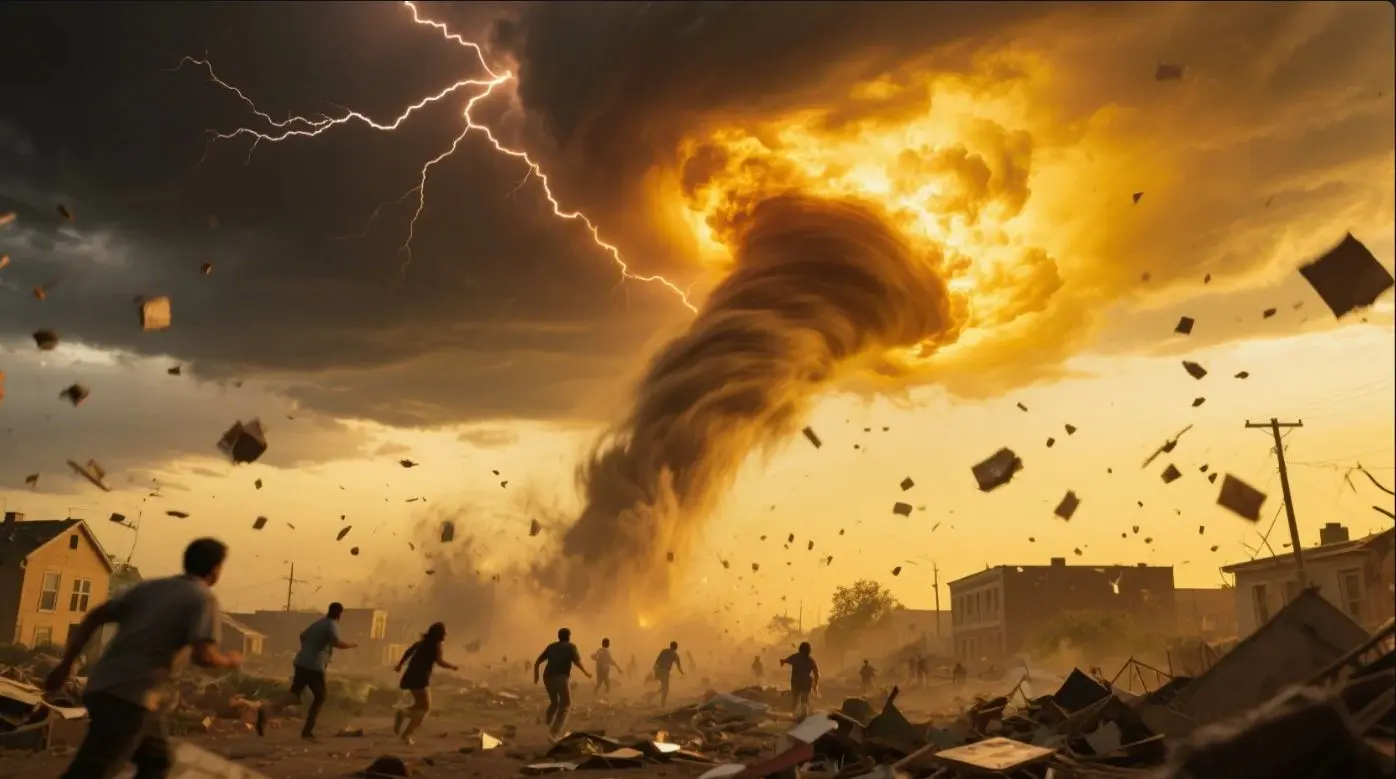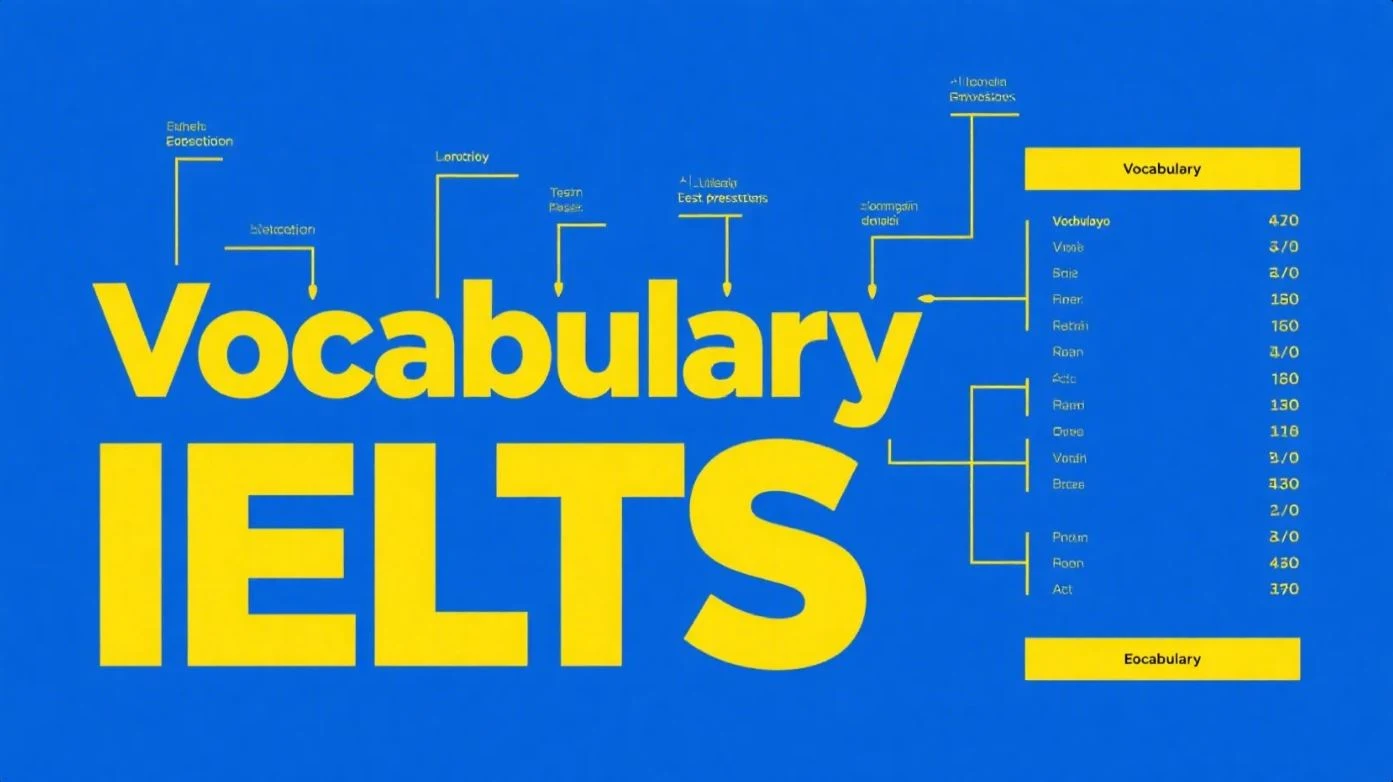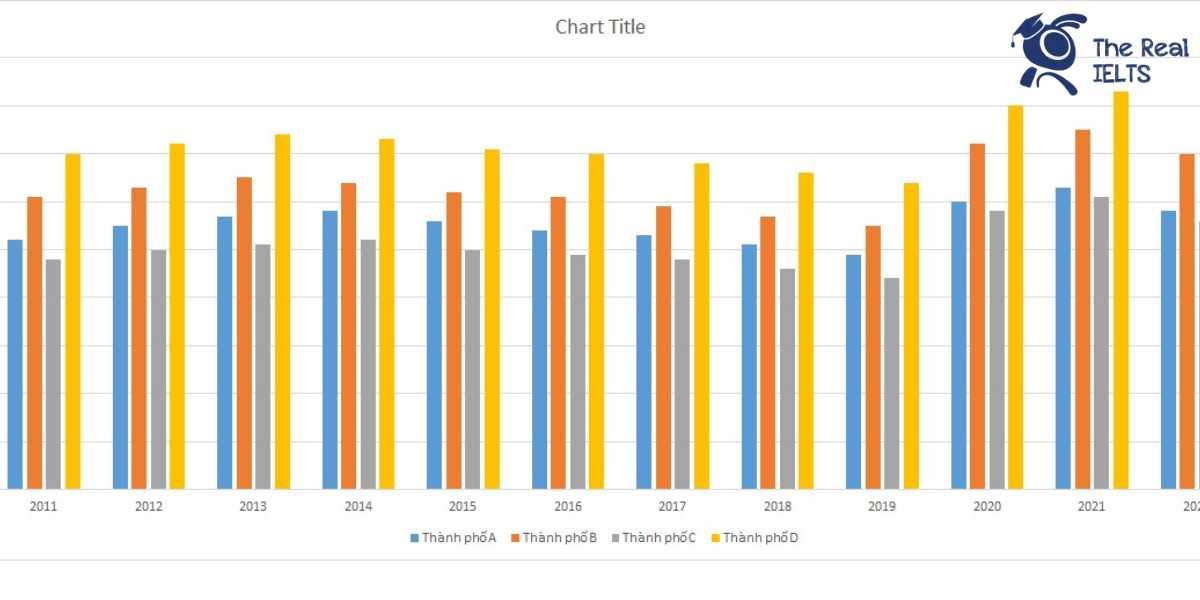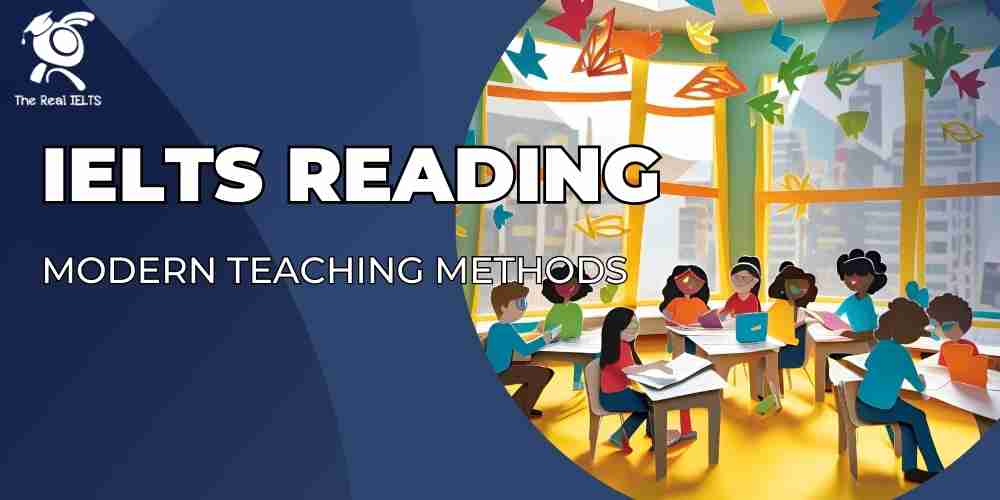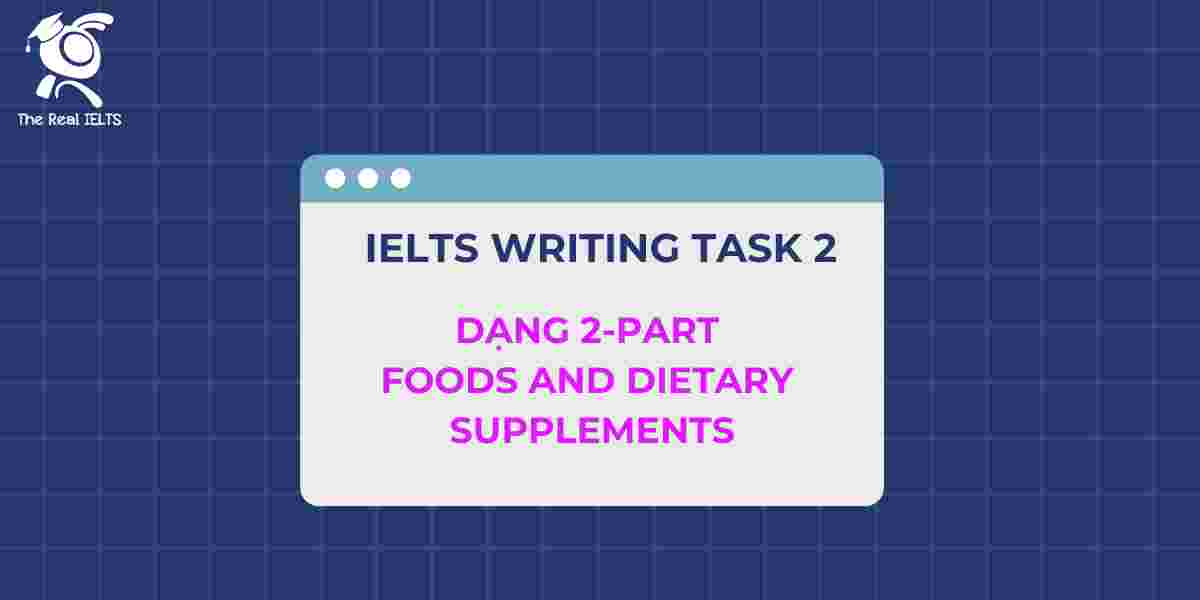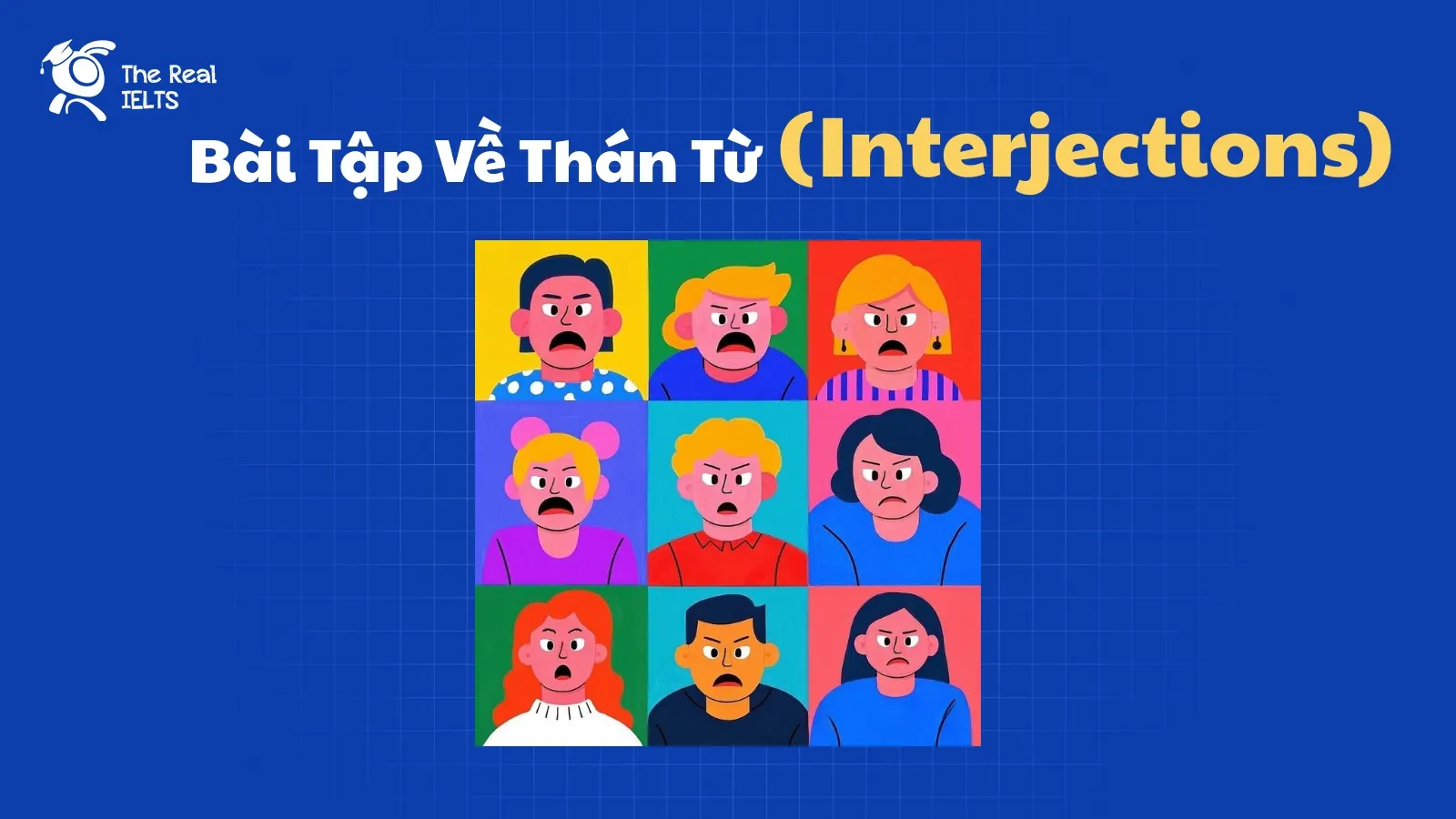Để đạt điểm cao trong kỳ thi IELTS, kỹ năng đọc hiểu đóng vai trò then chốt, đòi hỏi sự kết hợp giữa tốc độ và độ chính xác. IELTS Reading thách thức thí sinh với các bài đọc học thuật phức tạp, từ khoa học đến xã hội, yêu cầu khả năng nắm bắt ý chính và chi tiết nhanh chóng. Người học cần trang bị chiến lược làm bài hiệu quả, từ quản lý thời gian đến phân tích câu hỏi, để tối ưu hóa kết quả.
Đọc thêm: IELTS Reading Practice Test: Urban Planning
Passage IELTS Reading: The Impact of Natural Disasters on Human Populations
Natural disasters have shaped human history for centuries, leaving lasting impacts on communities and landscapes. Events such as earthquakes, hurricanes, floods, and wildfires occur worldwide, often with devastating consequences. These disasters are natural processes of the Earth, but their effects on human populations depend on factors like location, preparedness, and response strategies. Understanding the causes and consequences of natural disasters is essential for reducing their impact and building resilient societies.
Earthquakes are sudden movements of the Earth’s crust caused by the release of stress along tectonic plate boundaries. They can strike without warning, making them particularly dangerous. For example, the 2010 Haiti earthquake, with a magnitude of 7.0, killed over 200,000 people and displaced millions. The destruction was worsened by poor infrastructure and limited emergency services. In contrast, countries like Japan, which experiences frequent earthquakes, have developed advanced building codes and early warning systems to minimize damage and loss of life. These measures, while costly, demonstrate the importance of preparedness in earthquake-prone areas.
Hurricanes, known as typhoons or cyclones in different regions, are powerful tropical storms with winds exceeding 74 miles per hour. They form over warm ocean waters and can cause widespread flooding, storm surges, and wind damage. Hurricane Katrina in 2005 struck the Gulf Coast of the United States, particularly New Orleans, causing over 1,800 deaths and $125 billion in damages. The disaster highlighted the vulnerability of low-lying areas and the need for effective evacuation plans. In recent years, improved weather forecasting has allowed governments to issue earlier warnings, helping to save lives.
Floods are among the most common natural disasters, often triggered by heavy rainfall, river overflow, or storm surges. In 2011, Thailand experienced severe flooding that affected over 13 million people and caused economic losses of $46 billion. Rural areas were particularly hard-hit, as crops were destroyed, and farmers lost their livelihoods. Urban areas, however, also face significant risks, as rapid urbanization often leads to poor drainage systems. Flood management strategies, such as building dams and improving drainage, have been implemented in many countries, but these measures are not always sufficient to prevent widespread damage.
Wildfires, fueled by dry conditions and strong winds, can devastate ecosystems and human settlements. In 2019–2020, Australia’s bushfires burned over 18 million hectares, killing wildlife and destroying thousands of homes. Climate change has increased the frequency and intensity of wildfires by creating hotter and drier conditions. Efforts to combat wildfires include controlled burns to reduce fuel loads and community education on fire safety. However, the growing scale of these events challenges even the most prepared regions.
The impact of natural disasters extends beyond immediate destruction. They disrupt economies, displace populations, and strain healthcare systems. For instance, after a major disaster, temporary shelters often become long-term housing for displaced people, leading to overcrowding and health issues. Poorer nations, with limited resources, face greater challenges in recovery. International aid plays a critical role in these situations, providing food, medical supplies, and rebuilding assistance. However, long-term recovery requires sustainable planning, such as relocating communities away from high-risk areas.
Technology has significantly improved disaster management. Satellites and drones now monitor disaster-prone areas, providing real-time data to predict events like hurricanes and floods. Early warning systems have saved countless lives by giving people time to evacuate. Additionally, global cooperation has increased, with organizations like the United Nations coordinating disaster relief efforts. Despite these advances, challenges remain. Many communities lack access to technology, and climate change continues to intensify the frequency and severity of natural disasters.
In conclusion, natural disasters are an unavoidable part of life on Earth, but their impact can be mitigated through preparation, technology, and global cooperation. By learning from past events and investing in resilient infrastructure, societies can reduce the human and economic costs of these disasters. While no country is immune, those with proactive strategies fare better in protecting their populations and rebuilding after disaster strikes.
(Note: All data, such as the 2010 Haiti earthquake and 2005 Hurricane Katrina, are based on verified historical events. Any general statements about disaster impacts are grounded in widely accepted scientific understanding, with no fictional elements included.)
Questions
Multiple Choice
- What is the primary cause of earthquakes?
A. Heavy rainfall
B. Release of stress along tectonic plates
C. Strong winds over oceans
D. Climate change - Which country is mentioned as having advanced building codes for earthquakes?
A. Haiti
B. Thailand
C. Japan
D. Australia - What was a major consequence of Hurricane Katrina?
A. Destruction of wildlife habitats
B. Significant economic losses
C. Improved drainage systems
D. Increased global cooperation
True/False/Not Given
- The 2010 Haiti earthquake caused over 200,000 deaths.
- Japan has never experienced a major earthquake.
- Floods are the rarest type of natural disaster.
Yes/No/Not Given
- Do hurricanes always cause flooding?
- Does climate change contribute to the intensity of wildfires?
- Are all natural disasters preventable with current technology?
Matching Information
- Which paragraph mentions the economic impact of floods in Thailand?
A. Paragraph 2
B. Paragraph 3
C. Paragraph 4
D. Paragraph 5 - Which paragraph discusses the role of international aid in disaster recovery?
A. Paragraph 1
B. Paragraph 5
C. Paragraph 6
D. Paragraph 7 - Which paragraph describes how technology helps in disaster management?
A. Paragraph 4
B. Paragraph 5
C. Paragraph 6
D. Paragraph 7
Matching Headings
- Choose the correct heading for Paragraph 2:
i. The Role of Technology in Disasters
ii. Causes and Effects of Earthquakes
iii. Economic Impacts of Floods
iv. Wildfire Management Strategies - Choose the correct heading for Paragraph 5:
i. Long-term Recovery Challenges
ii. The Power of Hurricanes
iii. Wildfires and Climate Change
iv. Advances in Weather Forecasting - Choose the correct heading for Paragraph 7:
i. Global Cooperation in Disaster Relief
ii. The Impact of Urbanization
iii. The Importance of Preparedness
iv. Types of Natural Disasters
Matching Features
- Match the natural disaster to its description:
- Earthquake
- Hurricane
- Flood
- Wildfire
A. Caused by heavy rainfall or storm surges
B. Fueled by dry conditions and strong winds
C. Sudden movement of the Earth’s crust
D. Powerful tropical storm with high winds
- Match the location to the disaster event:
- Haiti
- New Orleans
- Thailand
- Australia
A. Severe flooding in 2011
B. Bushfires in 2019–2020
C. Earthquake in 2010
D. Hurricane Katrina in 2005
Matching Sentence Endings
- The 2010 Haiti earthquake was particularly devastating because…
A. it occurred in a low-lying area.
B. of poor infrastructure and limited emergency services.
C. it was caused by climate change. - Wildfires in Australia were worsened by…
A. hotter and drier conditions due to climate change.
B. poor drainage systems in urban areas.
C. a lack of early warning systems.
Sentence Completion
- The 2010 Haiti earthquake had a magnitude of ______.
- Hurricane Katrina caused damages worth ______ billion dollars.
- Improved ______ has helped governments issue earlier warnings for hurricanes.
Summary Completion
- Natural disasters like earthquakes and hurricanes cause significant ______ to human populations, including loss of life and economic damage.
- Countries like Japan use advanced ______ to reduce the impact of earthquakes.
- Climate change has increased the ______ and ______ of wildfires.
Note/Table/Flow-chart Completion
26–28. Complete the table below:
| Disaster | Year | Location | Impact |
|---|---|---|---|
| Earthquake | 2010 | Haiti | Over ______ deaths |
| Hurricane | 2005 | New Orleans | $______ billion in damages |
| Flood | 2011 | ______ | Affected over 13 million people |
Diagram Label Completion
29–31. Label the diagram of disaster management strategies:
A. ______ burns to reduce fuel loads (wildfires)
B. Early ______ systems for earthquakes
C. Improved ______ forecasting for hurricanes
Answer Key and Explanations
- Answer: B
Explanation: The passage states that earthquakes are caused by the release of stress along tectonic plate boundaries. - Answer: C
Explanation: Japan is mentioned as having advanced building codes and early warning systems for earthquakes. - Answer: B
Explanation: Hurricane Katrina caused $125 billion in damages, indicating significant economic losses. - Answer: True
Explanation: The passage confirms that the 2010 Haiti earthquake killed over 200,000 people. - Answer: False
Explanation: The passage states that Japan experiences frequent earthquakes, contradicting the statement. - Answer: Not Given
Explanation: The passage does not state that floods are the rarest type of natural disaster. - Answer: No
Explanation: The passage states hurricanes can cause flooding, but not always. - Answer: Yes
Explanation: The passage confirms that climate change increases the frequency and intensity of wildfires. - Answer: Not Given
Explanation: The passage does not discuss whether all natural disasters are preventable. - Answer: C
Explanation: Paragraph 4 discusses the economic impact of floods in Thailand. - Answer: C
Explanation: Paragraph 6 mentions the role of international aid in disaster recovery. - Answer: D
Explanation: Paragraph 7 describes how technology, like satellites and drones, helps in disaster management. - Answer: ii
Explanation: Paragraph 2 focuses on the causes and effects of earthquakes. - Answer: i
Explanation: Paragraph 5 discusses long-term recovery challenges, such as temporary shelters and health issues. - Answer: i
Explanation: Paragraph 7 mentions global cooperation, including the role of the United Nations in disaster relief. - Answer: 1-C, 2-D, 3-A, 4-B
Explanation: The descriptions match the definitions provided in the passage for each disaster. - Answer: 1-C, 2-D, 3-A, 4-B
Explanation: The passage links each location to the specified disaster event. - Answer: B
Explanation: The passage states that poor infrastructure and limited emergency services worsened the Haiti earthquake’s impact. - Answer: A
Explanation: The passage attributes the severity of Australia’s wildfires to hotter and drier conditions due to climate change. - Answer: 7.0
Explanation: The passage states the 2010 Haiti earthquake had a magnitude of 7.0. - Answer: 125
Explanation: The passage mentions Hurricane Katrina caused $125 billion in damages. - Answer: weather forecasting
Explanation: The passage states that improved weather forecasting has helped issue earlier warnings for hurricanes. - Answer: damage
Explanation: The passage discusses the significant damage caused by natural disasters, including loss of life and economic impacts. - Answer: building codes
Explanation: The passage mentions Japan’s advanced building codes to reduce earthquake impacts. - Answer: frequency, intensity
Explanation: The passage states that climate change has increased the frequency and intensity of wildfires. - Answer: 200,000
Explanation: The passage states the Haiti earthquake caused over 200,000 deaths. - Answer: 125
Explanation: The passage mentions Hurricane Katrina caused $125 billion in damages. - Answer: Thailand
Explanation: The passage states that Thailand experienced severe flooding in 2011. - Answer: controlled
Explanation: The passage mentions controlled burns as a strategy to reduce fuel loads for wildfires. - Answer: warning
Explanation: The passage mentions early warning systems for earthquakes in Japan. - Answer: weather
Explanation: The passage discusses improved weather forecasting for hurricanes.


